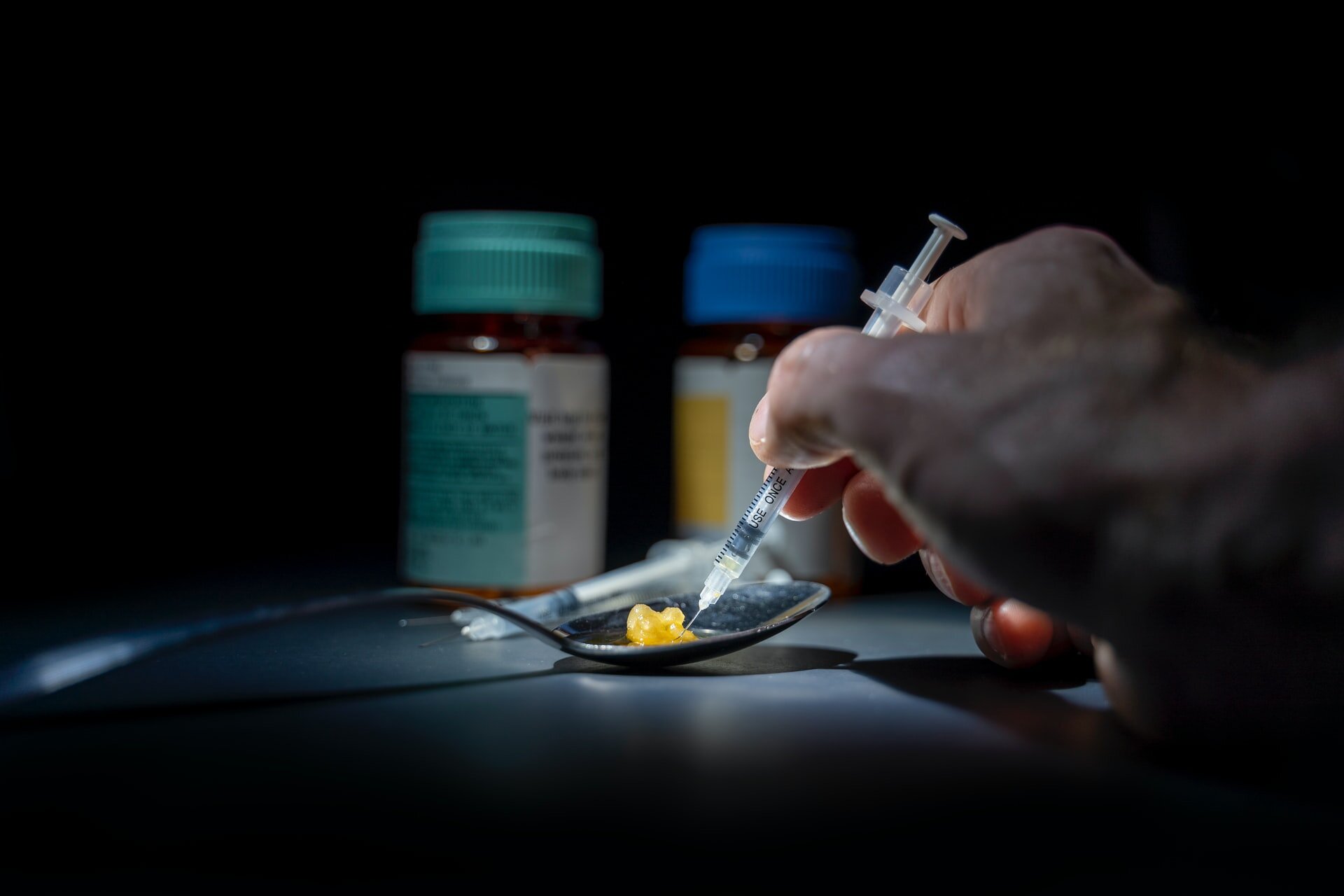

Benzodiazepines
Benzodiazepines are depressants that produce sedation and hypnosis, relieve anxiety and muscle spasms, and reduce seizures. Benzodiazepines are only legally available through prescriptions. Many users maintain their drug supply by getting prescriptions from several doctors, forging prescriptions, or buying them illicitly. Alprazolam and clonazepam are the two most frequently encountered benzodiazepines on the illicit market.



Fentanyl
Fentanyl is a powerful synthetic opioid similar to morphine but is 50 to 100 times more potent. It is a prescription drug that is also made and used illegally. Like morphine, it is a medicine typically used to treat patients with severe pain, especially after surgery. It is also sometimes used to treat patients with chronic pain who are physically tolerant to other opioids.


Opioid Related Overdose
In the late 1990s, pharmaceutical companies reassured the medical community that patients would not become addicted to prescription opioid pain relievers, and healthcare providers began to prescribe them at greater rates. This subsequently led to widespread diversion and misuse of these medications before it became clear that these medications could indeed be highly addictive.
